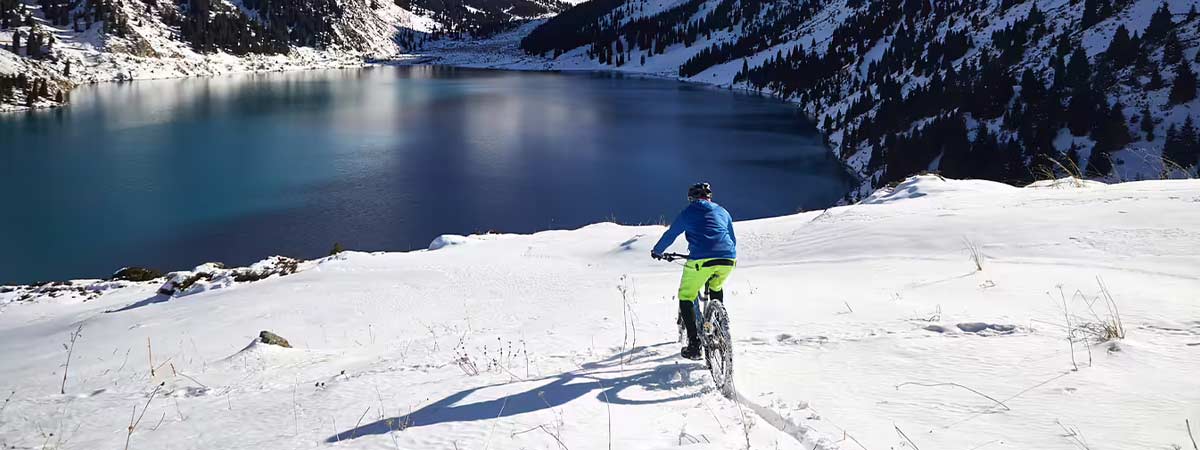13 Feb How to dress for perfect winter bike riding
Cycling is a passion that drags in both summer and winter, although the colder months of the year call for more attention to weather conditions, to defend one’s body from the elements and ensure that one’s passion for the sport is not chilled – it has to be said – by the weather.
How to ride a bike in winter: the correct clothing
To enjoy riding even during the winter months, it is essential to keep your body warm and dry through a proper set of clothing.
Nothing puts more strain on the human body than subzero temperatures.
In case of intense cold, in fact, our body finds itself in the need to keep blood supporting vital organs and circulate it less in peripheral areas, which leads to the characteristic feeling of pain at the hands and feet. A principle of frostbite does not please anyone, but with the right precautions and winter clothing for biking we will not suffer this problem!
Certainly, to ride a bike in winter you need to follow some important precautions to protect your health:
- wear winter bike pants
- wear a pair of gloves that preserve the warmth and agility of your fingers
- wear an insulating and waterproof thermal jacket
- wear warm, insulating shoe covers that help keep your feet dry
- wear accessories designed to protect the head from the elements (such as a winter underhelmet with a membrane)
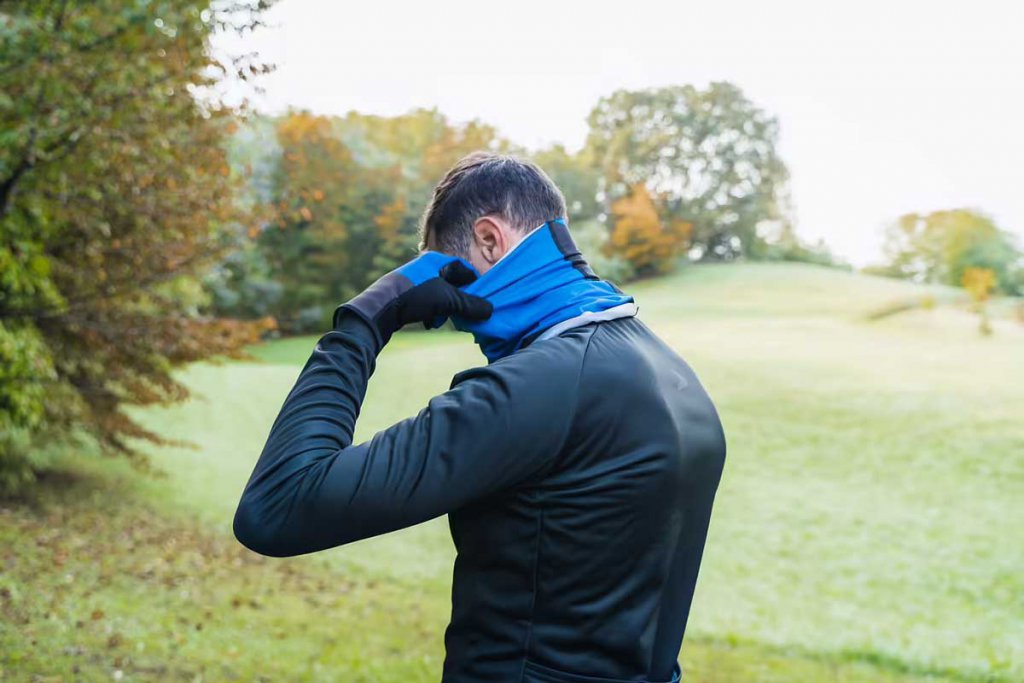
These winter clothing items for racing bikes allow you to stay warm even while riding during the harshest months of the year. Wearing layered clothing allows you to add the ones you need and remove the ones you need too much to accommodate your body’s thermoregulation. Bike underwear also plays its part, as it must provide adequate breathability and insulation from the cold, expelling odors and absorbing excess moisture. For example, one can take off the jacket when sweating profusely during climbs and then put it on again during descents when the temperature drops.
Winter bike clothing: how to dress in the right way
A professional cyclist knows the kind of winter bike clothing to rely on, but not everyone is equally well versed.
Winter bike racing outfits comprise a range of garments that make for the best way to tackle bike rides even when the cold weather sets in. They may be more or less complete and include items such as bodysuits, long-sleeved jerseys and vests. Of course, there is always a certain percentage of subjectivity in the choice: the needs of those who engage in one hour of cycling a week are not the same as those who immerse themselves in long hikes.
Contrary to what one might expect, when cycling one should not feel too hot. Being warm means sweating, and sweat is the main cause of illness and chilblains when cycling in winter. Clothes for winter cyclists are specially designed to balance the need for warmth, breathability, and thermoregulation.
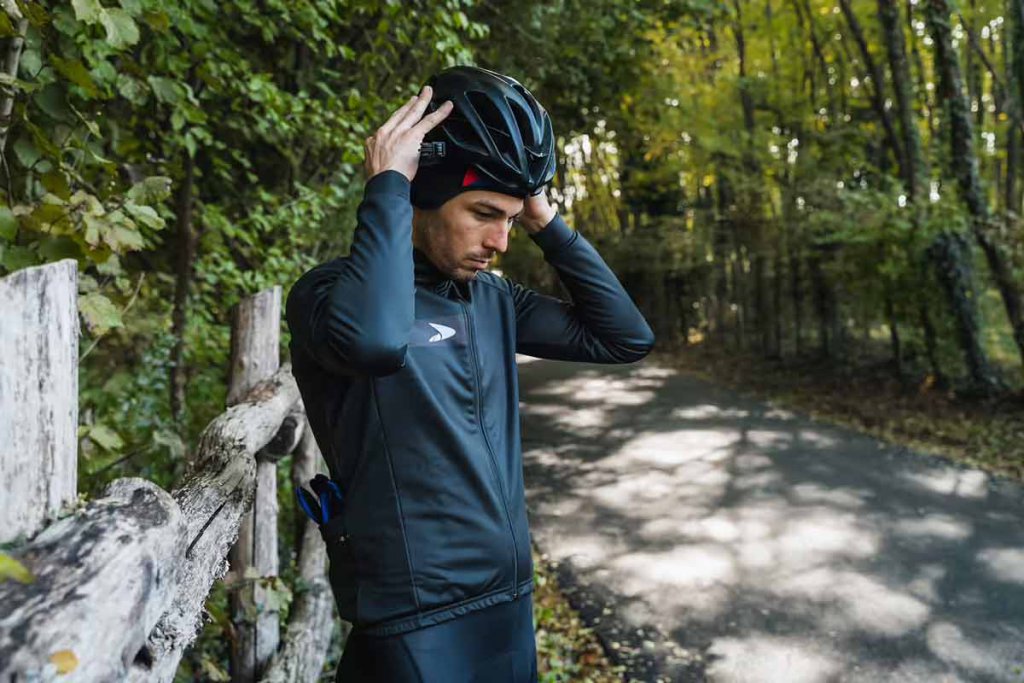
The winter cycling uniform should include the quality clothing needed to protect the lower and upper body. Winter jackets can be made of fabrics such as super roubaix, windstopper, thermofelpa, and include reflective elements to increase the cyclist’s visibility even at times when visibility is poor.
Winter cycling jerseys allow the body to be protected from low temperatures and implement rapid evaporation of sweat. They feature stretch inserts on the shoulders, kidneys and frontal area to increase comfort. Cycling jerseys made of high-necked, long-sleeved thermal stretch fabric protect the body from the cold. Merino wool jerseys are a good choice for absorbing sweat while keeping the body warm.
Winter cycling bib shorts are like a second skin, with contained air resistance and ample comfort. These winter bike garments are made of plush fabrics with contained bottoms to make pedaling easy.
Winter bike pants are just as important as other garments, as they allow you to fully defend your joints and preserve them from unpleasant ailments caused by the continuous cooling of the air. Winter cycling pants offer an excellent balance between warmth and freedom of movement.
A winter outfit would not be such without the appropriate winter cycling shoes.
Cycling shoes must offer appreciable defense against air and moisture. Effective models are ankle-high to defend the biker and thanks to the breathable outer material they expel the heat produced but do not let the cold in. Winter socks also play their part in defending the extremities from cold temperatures: they are usually made of merino wool and/or synthetic materials and wrap the foot up to the ankle, preserving body heat.
Winter cycling socks should be chosen not only for style but primarily for their effective ability to protect against the cold. They must be somewhat stiff to transmit the force of pedaling from the legs to the pedal for good. For this they must be compact, free of stitching and reinforced at the heel and toe. Opting for simple thick cotton socks would end up taking up more space than necessary in the shoes making the feet suffer. Good socks for winter cyclists are made of fabric that absorbs sweat, reducing the risk of blisters forming on the feet.
Winter gloves are crucial accessories to protect fingers and ensure full functionality even when the wind lash relentlessly. They keep hands warm thanks to the inner lining and waterproof layer. Models of gloves for winter cyclists should be chosen for their windproof and rainproof qualities: they don’t need to be overly padded, because you risk losing sensitivity at the handlebars.
They can be worn together with undergloves that further enhance their defense against freezing temperatures.
Winter gloves such as Airtech are created to protect the cyclist’s hands from the merciless winter cold. It can also be worn in conjunction with mid-season gloves to further increase defense against the cold.
Neoprene gloves are a perfect cycling accessory to defend the hands from intense cold while cycling. Due to its elasticity, it also proves suitable for repelling moisture.
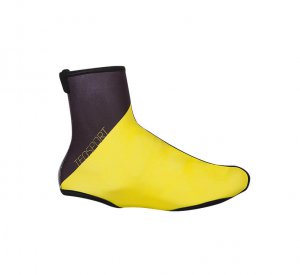
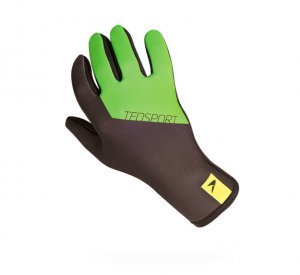
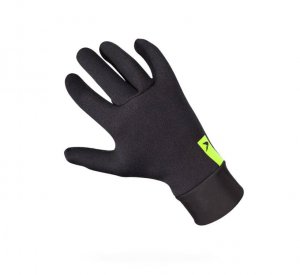
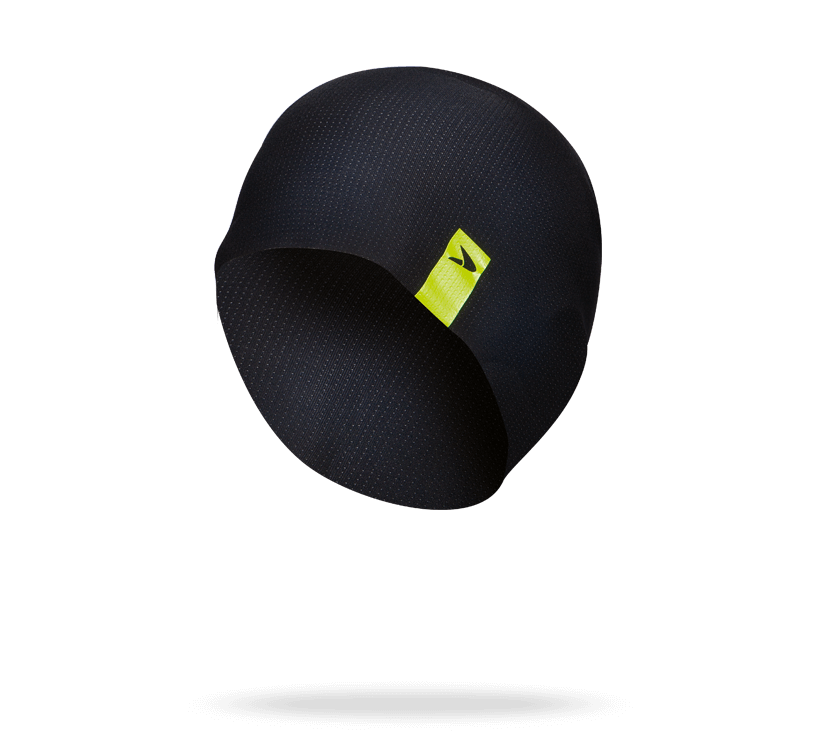
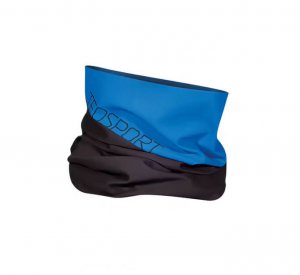
The forehead and ears should also be protected by a suitable cap: better not to resort to classic wool models that end up making the skin red. A lightweight winter cap allows you to protect your head from wind gusts: thanks to the fleece layer, it defends your head from low temperatures and can be worn easily under the helmet.
A good helmet for winter cycling allows you to regulate the incoming airflow without blocking it altogether: wearing a windproof underhelmet with a frontal membrane may do the trick, as it shields your forehead from the icy wind and protects your head from the cold.
A neck warmer is another essential cycling accessory to protect yourself from the cold. Goggles are also important to protect your eyes in cold weather: it’s best to adopt a pair with clear lenses given the less light than in summer.
